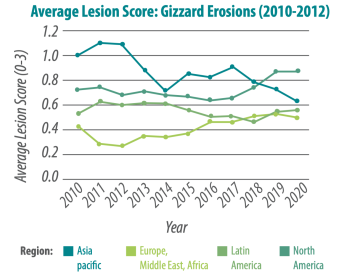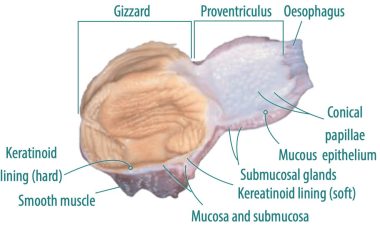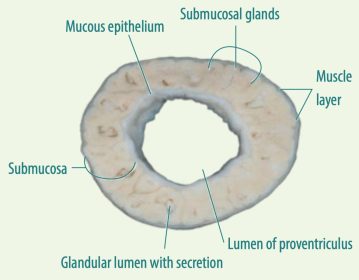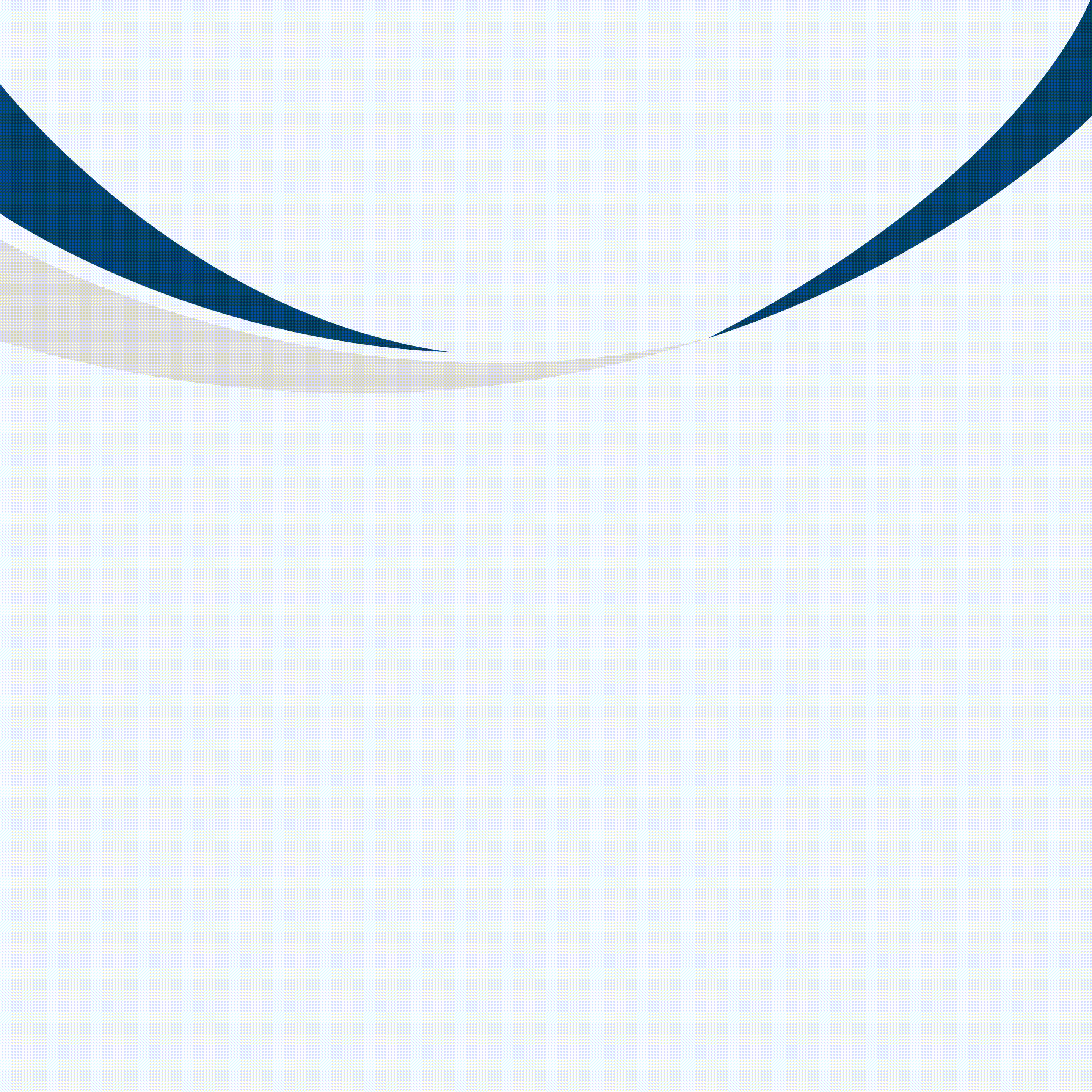The stomach in chickens is subdivided into two parts, the proventriculus (glandular stomach) and the ventriculus (gizzard). The proventriculus is the organ producing acid and enzymes. The gizzard is the muscular stomach and pacemaker of gut motility.
They are pivotal for digestion and gut health. But, gizzard erosions are frequent according to reports of health surveys like the Poultry Health Insights HTSi* (Figure 1). Proventriculitis is also a common clinical finding, causing carcass condemnation when swollen proventriculi tear during evisceration.
Gizzard erosions reduce feed intake, affecting:
- growth and reducing digestion,
- increasing gut health issues, and
- worsening feed conversion ratio.
Gizzard underdevelopment, dystrophy, and proventriculitis can affect hydrochloric acid and enzyme production and activity, causing:
- indigestion,
- increasing substrate for microorganisms in the hindgut, and
- starting dysbiosis gas production in the ceca, increasing passage rate, and causing microbial infections.
Gizzards and proventriculus can be a marker for broiler performance and health. It has been observed that 15 to 25% of the birds habitually necropsied in poultry farms show some proventriculus inflammation, gizzard erosions, or ulcerations. Once observed, it is important to know the factors that can cause them to start exploring solutions.

Figure 1. The average severity of broiler gizzard erosions observed in necropsies on four continents. Source: Poultry Health Insights HTSi (Conducted globally by Elanco Animal Health)
To understand an abnormality or lesion in an organ, it is necessary to understand its anatomy (Figure 2) and the normal development as broilers grow.

Figure 2. Anatomy of the gizzard. Source: Péter Lőw et al. 2016. Atlas of Animal Anatomy and Histology.
The proventriculus has a thick mucosa and submucosa occupied by glands (Figure 3) producing acid and digestive enzymes, whereas the gizzard is a grinder in the absence of teeth.
- The mucosa of the gizzard is covered by a solid layer of a carbohydrateprotein complex called the koilin layer, also termed keratinoid lining (hard), cuticle, and gizzard lining.
The good development of the gizzard can be evaluated by the thickness and tone of its muscular development.

Figure 3. Cross-section slice of the chicken’s proventriculus wall (formalin-fixed specimen). Source: Péter Lőw et al. 2016. Atlas of Animal Anatomy and Histology.
Early in life, the gizzard and proventriculus have the most significant relative weights compared to other gastrointestinal organs. Figure 4 shows the relative weight (g/kg body weight) of the crop, proventriculus, gizzard, and pancreas from
Keep up to date with our newsletters
Receive the magazine for free in digital version
REGISTRATION
ACCESS
YOUR ACCOUNT
LOGIN
Lost your password?











